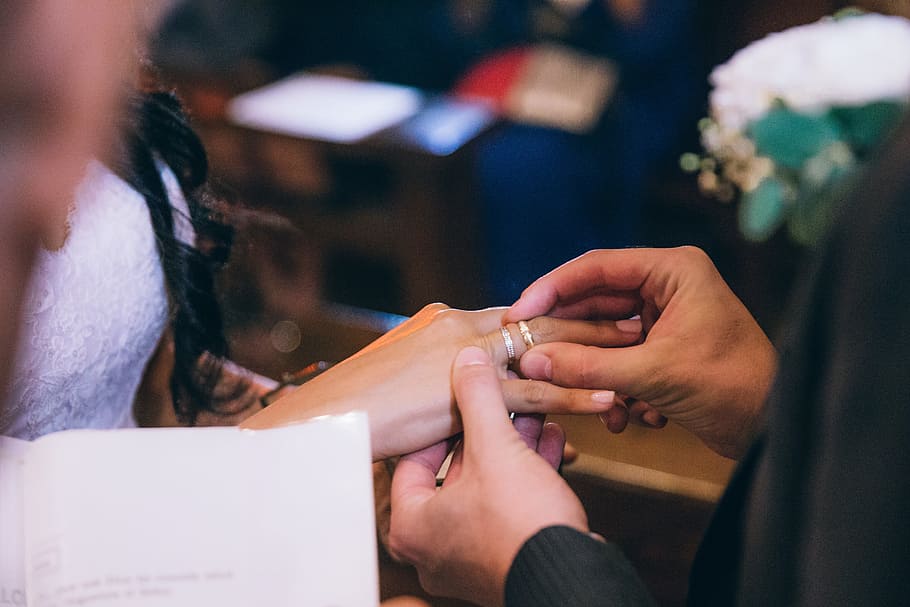10 Essential Tips for Taking Care of Your Jewelry

1. Keep Your Jewelry Clean
One of the simplest, yet most essential steps in caring for your jewelry involves keeping it clean. Over time, jewelry can accumulate dust, dirt, and body oils, which can diminish its appearance and can even lead to damage. To clean most jewelry, use warm water mixed with mild dish soap. Use a soft-bristled brush, like a toothbrush, to gently scrub your pieces. However, always be sure to check whether specific cleaning methods are recommended for your particular pieces, as some materials require special care.
2. Store Jewelry Properly
Proper storage is crucial for maintaining the longevity and beauty of your jewelry. Instead of tossing all your pieces into one drawer or box, use a jewelry organizer that has separate compartments for each item. This avoids scratches and tangles, especially for delicate pieces. For silver jewelry, store in an anti-tarnish bag or cloth to prevent oxidation. Additionally, make sure the storage area is dry and not overly exposed to heat or sunlight which can cause certain materials to deteriorate.
3. Regularly Inspect Your Jewelry
Regular inspections can catch potential issues before they become significant problems. Check for loose stones, damaged clasps, or worn threads. If you notice any issues, it's wise to take the piece to a professional jeweler for repair. Catching these issues early can prevent you from losing a precious stone or damaging the jewelry beyond repair.
4. Know When to Take Off Your Jewelry
Certain activities can pose risks to your jewelry. It's advisable to remove your pieces when you are doing tasks that involve harsh chemicals, such as cleaning and swimming, or when engaging in strenuous activities like sports. Chemicals like chlorine and salt can damage metals and gemstones, while physical activity can lead to physical damage from impacts or perspiration.
5. Use the Right Cleaners for Each Type of Jewelry
Understanding the material makeup of your jewelry is essential for choosing the correct cleaners. Gold, silver, gemstones, and pearls each require different care methods. For example, while diluted dish soap works well for most materials, it’s recommended to clean pearls with a slightly damp cloth instead, as immersing them in water can weaken the silk they're threaded on. Always research or consult a professional if you are unsure about the best cleaning methods.
6. Avoid Exposure to Makeup, Perfumes, and Lotions
It's best to put your jewelry on last when getting dressed and take it off first when undressed. Makeup, perfumes, lotions, and hairsprays contain chemicals that can cause damage to some jewelry over time. By minimizing exposure to these substances, you can preserve the luster and integrity of your pieces.
7. Rotate Your Pieces
Regularly rotating your jewelry not only mixes up your style but also minimizes wear and tear on your favorite pieces. Giving each item a break allows it to last longer and remain in good condition, as constant wear can increase exposure to moisture and skin oils, which can cause damage over time.
8. Be Careful with Light and Heat
Just as excessive exposure to harsh chemicals can damage jewelry, so can exposure to light and heat. Many gemstones are sensitive to sustained heat and sun exposure, which can fade them over time. Similarly, temperatures that are too high can warp metals. To avoid these issues, store your jewelry in a cool, dark place when not in use.
9. Invest in Professional Cleaning
Occasionally, it's worth having your jewelry professionally cleaned and inspected. Jewelers have the tools and knowledge to thoroughly clean places that are hard to reach and can provide maintenance as needed. This is especially important for high-value or intricate pieces that are difficult to clean at home safely.
10. Learn About Your Jewelry's Specific Care Instructions
Every piece of jewelry is unique and may come with specific care instructions based on its materials and design. Take the time to learn about the specific needs of each piece you own. Whether it’s knowing how fragile the stones are, whether the metal is prone to tarnish, or if a piece is especially historic and needs particular attention, this knowledge can help maintain your jewelry’s beauty and longevity.
By following these ten essential tips, you can ensure that your jewelry stays in impeccable condition, preserving both its physical and aesthetic integrity for years to come. Each piece of jewelry is an investment and, with the right care, one that can continue to shine and hold memories across generations.